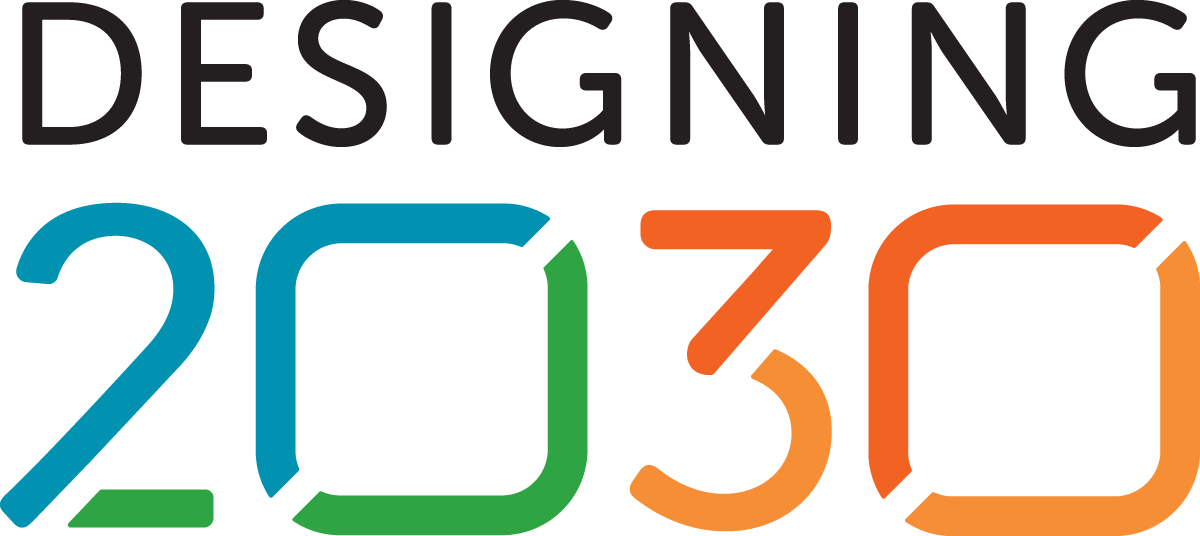
A way of thinking about what happens when students do data science
The transformation of data from one form to another is the job of analysts and data scientists. Working with data by joining datasets, merging, eliminating unwanted data, and ordering data are just some of the transformations called “data moves”. A data move is “an action that alters a dataset’s contents or structure” to enable different questions to be asked of the data (p. 3., Erickson et al., 2019). The Common Online Data Analysis Platform (CODAP), an open-source software package for dynamically exploring and learning with data, allows users to easily perform a wide variety of data moves. This demonstration, using data from the National Health and Nutrition Examination Survey (NHANES), was based on work done by Tim Erickson and Michelle Wilkerson as part of the Concord Consortium’s Data Science Games project.
Internet-of-things devices for data production in science
Scientists and engineers build and use instruments to control, measure, and collect data about scientific phenomena as part of their practice. Data is also changing how biology is studied in classrooms. For example, long-term ecological experiments can be set up on classroom desktops to explore and monitor gas exchanges, cellular respiration, and biotic factors in an eco chamber with plants. Designed specifically to engage students in authentic science practices, Dataflow is open-source software that pairs with with low-cost Internet-of-Things sensor kits to provide learners authentic tools for designing their own data-rich experiments. Using this kit, learners can use computational tools to design and control experiments from biological phenomena and explore the data they produce.
The power of citizen science
Observations and data contributed by citizens can help scientists build more robust models, make better claims, and reach stronger conclusions. FieldScope is an interactive platform for citizen scientists of all ages and backgrounds. Organizers of field studies can leverage sophisticated graphing and mapping visualization tools and resources to enhance their existing and future citizen science projects. FieldScope enables participants to conveniently upload measurements, observations, and media to a shared project database. Used by two national projects, BudBurst and FrogWatch USA, as well as regional projects to map species and watersheds, FieldScope is designed with special features to support use in educational settings.
Connect with nature and generate biodiversity data
iNaturalist is an online social network of people sharing biodiversity information to help each other learn about nature. It is also a crowdsourced species identification system and an organism occurrence recording tool. Users can record observations, share photographs of nature in context, get help with identifications, collaborate with others to collect biodiversity data for a common purpose, or access the observational data collected by a global community of naturalists.
Paper, electronics, and local data stories
Data is useful only when it has a story to tell. Open Data, Open Minds explores the possibilities of connected learning, fabrication, open data, and civic engagement, using paper and electronics as a GUI and display for data. With “low-resolution data”—selected data points or observations drawn from research and rendered on paper with light and simple outputs, such as motion or sound—expressive projects built with paper and electronics offer accessible, introductory data experiences that complement the computational breadth and depth available in a data visualization on screen. Open Data/Open Minds supports learners and their communities in the creation of local data stories using science journaling, crafted visualization, and data investigation. This demonstration shared a pop-up paper project—a city data dashboard for Austin, TX—assembled with LEDs, servo, and an Adafruit Feather tethered to a phone, displaying real-time temperature, particulate levels, traffic volumes, and time of day.
Engaging students with scientists and data
The Gulf of Maine Research Institute’s citizen science program, Vital Signs, launched in 2009 through a collaboration of scientists and middle school teachers. Vital Signs aims to support novices in producing ecosystem data of value to scientists while simultaneously achieving classroom learning outcomes. Investigations developed with Manomet scientist Dr. Marissa McMahan focus on climate change questions, such as “Is the proportion of native crabs versus invasive crabs changing over time and in response to warming temperatures?” Students use a transect and random quadrat method to record crab abundance for multiple species as well as individual measures for each crab. In the classroom, students use multiple sources of data (their data, the Vital Signs database, the scientists’ data, climate data) to address the original research question. Since 2009, over 180 teachers have engaged 7,500 student teams in contributing over 10,000 data points to investigations by 60 scientists.